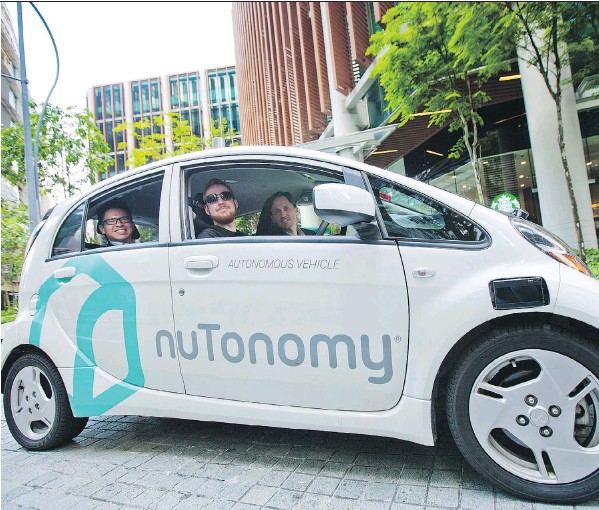other
The Sky Guys Ltd., Canada’s leader in drone and Unmanned Aerial Vehicle (UAV) enabled services, announce today that the company is undertaking a non-brokered private placement of up to $1,200,000 through the issuance of up to 4,000,000 units. The units are priced at 30 cents, and comprised of one common share and one-half common share purchase warrant exercisable at 45 cents for a 24 month period post closing. The placement is expected to be completed by January 31, 2017.
“This is a major step forward in the growth of our company, and is further proof of our momentum in leading the industry” said Adam Sax, President and CEO of The Sky Guys, “2016 was a big year for us, we announced our new technology division Defiant Labs alongside our newest product line The DX-3 and our commitment to developing revolutionary AI Deeper learning SaaS solutions. In addition, we hosted the first ever UAV show in Canada.” stated Sax.
“Kicking off 2017 with issuance is very exciting” said Sax, “our strong growth has brought us to this crossroads, and we are confident that between the operations of The Sky Guys and Defiant Labs, we are heading in the right direction.”
About The Sky Guys
The Sky Guys Ltd. is an early mover in the UAV / Drone business. Through its brilliant group of engineers, The Sky Guys deliver the newest and most advanced technology positioning the Company as a leader in the UAV business. Unique to the UAV business, The Sky Guys have an integrated approach that encompasses sales, manufacturing and distribution, licensing and a soon to be launched UAV School. Since its founding in the Spring of 2015, the Company has established a large and loyal national customer base from varied industries including commercial and residential real estate, oil and gas, manufacturing, construction and engineering, infrastructure, travel and tourism, sports and events, mapping and surveying, golf courses, high rises and condos and weddings. Based in Ontario and with offices across the country, The Sky Guys serve national clients from coast to coast.
https://www.facebook.com/The-Sky-Guys-1411033992524731/?ref=br_rs
https://www.instagram.com/theskyguys/
https://www.linkedin.com/company/9405292?trk=vsrp_companies_res_name&trkInfo=VSRPsearchId:1422165211462127266879,VSRPtargetId:9405292,VSRPcmpt:primary
https://www.youtube.com/channel/UCWcvKgxIU4rHIwFVuRzW7xw
https://twitter.com/theskyguys
SOURCE The Sky Guys
For further information: Media Enquiries: Michael Diamond, [email protected], 647 986 0477; For further information on The Sky Guys, visit www.theskyguys.ca; Adam Sax, President and CEO at 866 895 7466, x 101 or [email protected]; Denis Clement, Director at 647 295 7830 or [email protected]
©2017CNW Group Ltd.



